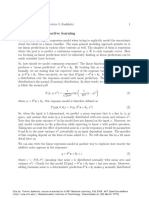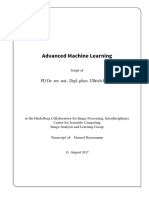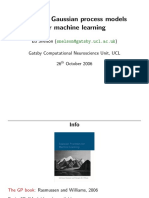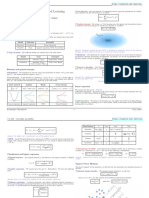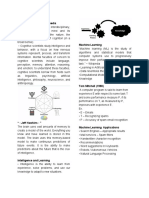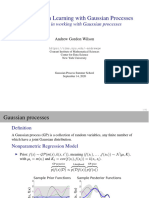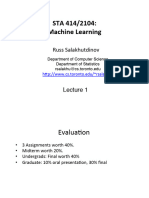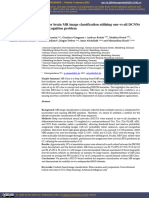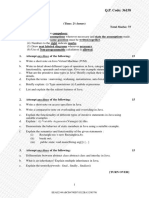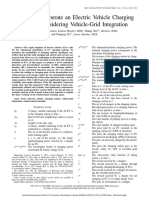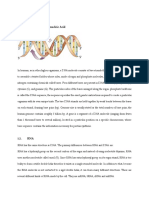0% found this document useful (0 votes)
6 views19 pagesLecture 4
This lecture covers active learning in the context of supervised learning, focusing on the selection of input examples to minimize uncertainty in parameter estimates and predictions. It discusses the formulation of active learning, selection criteria, and the application of these criteria in both batch and sequential methods. The lecture emphasizes the importance of choosing the right function class and selection criteria for effective active learning, particularly in linear regression scenarios.
Uploaded by
abdulCopyright
© © All Rights Reserved
We take content rights seriously. If you suspect this is your content, claim it here.
Available Formats
Download as PDF, TXT or read online on Scribd
0% found this document useful (0 votes)
6 views19 pagesLecture 4
This lecture covers active learning in the context of supervised learning, focusing on the selection of input examples to minimize uncertainty in parameter estimates and predictions. It discusses the formulation of active learning, selection criteria, and the application of these criteria in both batch and sequential methods. The lecture emphasizes the importance of choosing the right function class and selection criteria for effective active learning, particularly in linear regression scenarios.
Uploaded by
abdulCopyright
© © All Rights Reserved
We take content rights seriously. If you suspect this is your content, claim it here.
Available Formats
Download as PDF, TXT or read online on Scribd
/ 19


